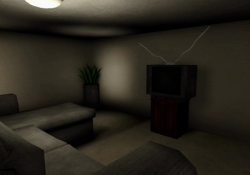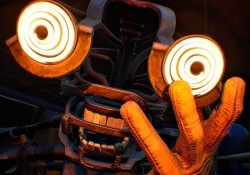Five Nights In Anime presents itself as a fan-made parody that mirrors the basic structure of traditional point-and-click survival games. Inspired by titles in the horror genre, this project trades fear for a more stylized and unconventional theme. Players are placed in a familiar night guard scenario where they must monitor different rooms via security cameras and survive until morning.
Gameplay Structure And Tools
The game follows a time-based survival loop where players defend themselves against unexpected visitors moving between rooms. Light management and door control play key roles in strategy, requiring awareness and quick reactions. Though the game is not horror in a traditional sense, the tension remains due to limited visibility and rapid movement of characters.
Key Features That Shape The Experience
- A familiar surveillance-based gameplay loop
- Camera systems used to track character paths
- Limited power usage for doors and lights
- Sound cues indicating nearby movement
- A blend of lighthearted visuals with tense mechanics
These elements recreate the feel of a survival setting, using parody rather than fright.
Visual Style And Tone
What sets the game apart is its visual and tonal shift compared to other titles in its genre. Rather than darkness and dread, the game uses exaggerated and non-threatening character designs to create a playful and unusual tone. While it draws heavily from existing game structures, the presentation is clearly intended for a very specific audience familiar with parody culture.
A Niche Interpretation Of A Known Format
Five Nights In Anime stands as a reimagined take on a well-known gameplay formula. It isn’t designed to scare, but rather to entertain through subversion. Though not suited for all players due to its suggestive art direction, its core mechanics remain rooted in the same tension and timing-based design that defines its inspiration. For those aware of its context, it offers a curious take on the familiar security-guard-nightshift setup.





























